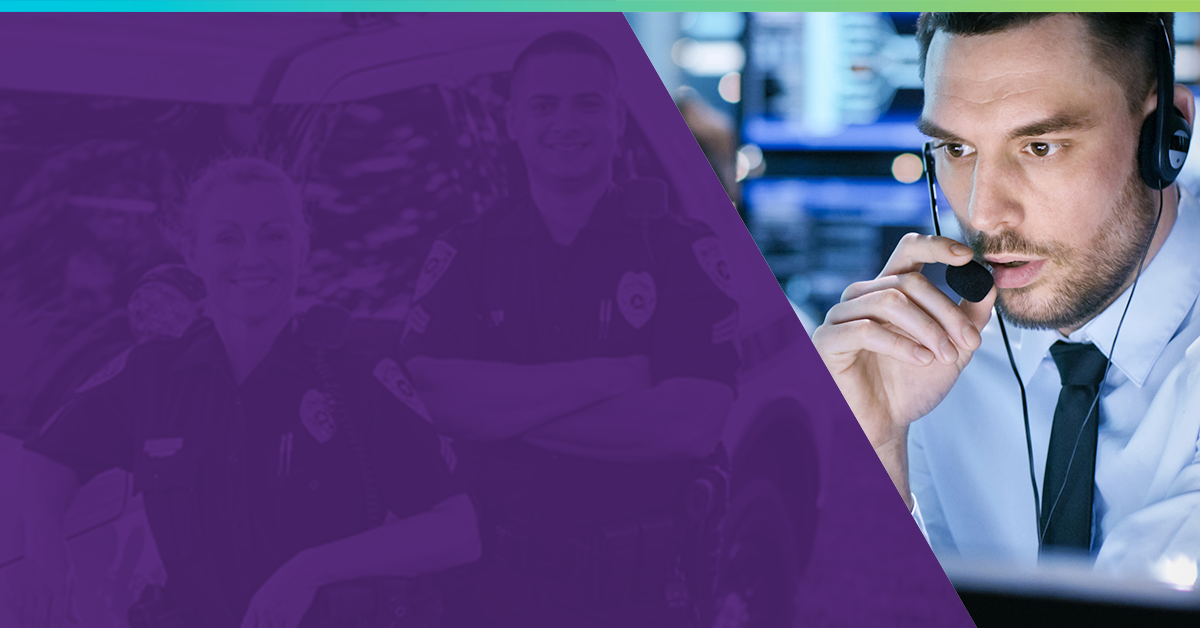Emergency Data Broker: A Better, Faster Way to Deliver Alarm Data to 911
In July 2021, Intrado and ADT joined forces to deliver alarm data directly to text-enabled 911 centers in a whole new way that doesn’t require a...
There’s one thing to know about 2022: Many more communities across the U.S. will become smarter than they were before, maybe even smart cities. What does it mean to be a “smart city,” exactly? A recent blog post posed that very question to 15 leaders of large U.S. cities, including New York City, San Francisco, Tampa, Detroit, Phoenix, and Denver, among others. Their answers, as you might expect, varied considerably. The officials mentioned features like modern wireless communication, edge technology, sensors, telemetry, integrated business applications and data analytics. They talked about specific goals, like the efficient use of time, resources and energy and solving citizens’ problems while preserving their digital rights.
For myself, I’d offer a pretty simple definition: A smart city is one that wisely leverages technology to keep its communities safer and healthier.
That’s a brief, straightforward definition, for sure. But no one working in law enforcement, the fire service, EMS, 911 or the public sector would say that this goal—however you define it—will be simple to achieve. Still, we’re getting there.
All around me, I see my colleagues at Intrado, our partners and others in public safety developing and applying new technologies in ways that are driving us forward at perhaps the fastest rate we’ve ever experienced. For our part, in summer 2021, Intrado joined forces with ADT, the country’s leading alarm company, to deliver alarm data in a whole new way to text-enabled 911 centers. Through our technology—a product called Emergency Data Broker (EDB)—any PSAP in North America that opts in can receive requests for assistance from ADT into their text-to-911 queue. The workflow eliminates the need for a phone call completely; the telecommunicator reviews the text request and moves it on to dispatch, saving precious time. The technology is available at no cost to the PSAP to opt-in to receive texts, there’s no need to upgrade their software or hardware to receive the data, and it doesn’t matter which vendor technology the 911 center has in place.
That’s just one example, of course. I could point to plenty of others also creating solutions that first responders and other public safety professionals can apply to the good work they do every day. But there are certain characteristics of what I would call truly great smart cities technology. The advances I’m most excited about have all of these five elements:
They fit easily into the current workflow of public safety, whether it’s a telecommunicator at a two-seat PSAP, a volunteer firehouse, or an EMT serving a low-income community. The people creating these technologies deeply understand how public safety works.
They can scale to reach and serve neighboring jurisdictions, making it easy to share information and even cross public safety disciplines and integrate with local and municipal agencies.
They find new solutions to long-standing problems in public safety, or more recent and urgent challenges like those raised by the pandemic.
They’re affordable and accessible to a wide range of communities (no matter where you live, you’re likely struggling with budget).
They deliver actionable data that enables organizations and agencies to continually improve. This is one of the hallmarks of smart cities.
If you know anything about smart cities, you already know that they’re intimately linked to the Internet of Things (IoT). When Next Generation 911 (NG911) systems are widely deployed across the U.S., PSAPs will be able to receive and share video, images, text and data through a wide range of digitally connected devices, including home and business alarms (as in the ADT use case above), building sensors, wearable monitors, telematics and video cameras. (And those are just some of the “things” we have now.) These devices have the ability to transmit lifesaving information inconceivable when the first 911 voice call was made in Hayleyville, Alabama, almost exactly 54 years ago.
Especially exciting to those of us with a mission to improve the safety of the public is that these smart networks are agile and come with the ability to learn. AI, 5G, and machine learning mean that all that data isn’t just more noise; it is actionable. It means pulling up a floor plan of an office building on your phone as you arrive on scene to fight a fire. Seeing precisely which floor a stroke victim was calling 911 from before she collapsed and passing Z-axis location information on to the first responder. Understanding how to staff your ambulances for greater cost savings and faster response times. Knowing exactly where an officer is while on foot in pursuit of a suspect.
This is where we’re going, and it’s clear to me that this momentum is only continuing to build in the new year and into the foreseeable future. It’s why we believe so strongly in technology that makes emergency data actionable for our customers, whether they still have legacy CPE; want to implement the newest data-driven devices; or are curious about bleeding-edge technologies—all the yet-to-be-invented public safety solutions of tomorrow. We want to be the broker who reliably sends, receives, stores, applies and protects this all-important data. Even the pandemic hasn’t been able to crush the forward momentum; in fact, a survey released in April 2021, showed that officials in 167 cities around the world found that nearly two-thirds of city leaders said the “biggest lesson learned during the pandemic was just how crucial smart city programs were for their future.”
Will 2022 be the year your city gets smarter? I wouldn’t be surprised.
Alex Hamlin is Partner Program Manager at Intrado Life & Safety. Prior to his time at Intrado, Hamlin established his career in public safety as a law enforcement officer in the state of Georgia. For more than 40 years Intrado solutions have served public safety, helping to keep first responders, public safety professionals and communities safer and healthier.

In July 2021, Intrado and ADT joined forces to deliver alarm data directly to text-enabled 911 centers in a whole new way that doesn’t require a...

Data is incredibly valuable to Public Safety Answering Points (PSAPs). Another critical component is time. Data and time may be the two most vital...

The idea of smart cities—those that use connectivity to derive data that improves quality of life for its residents—isn’t new, but as more cities...

In the coming weeks, Intrado will introduce the Sonic EDGE, an alternate configuration of the Sonic G3, and a cutting-edge appliance that gives...